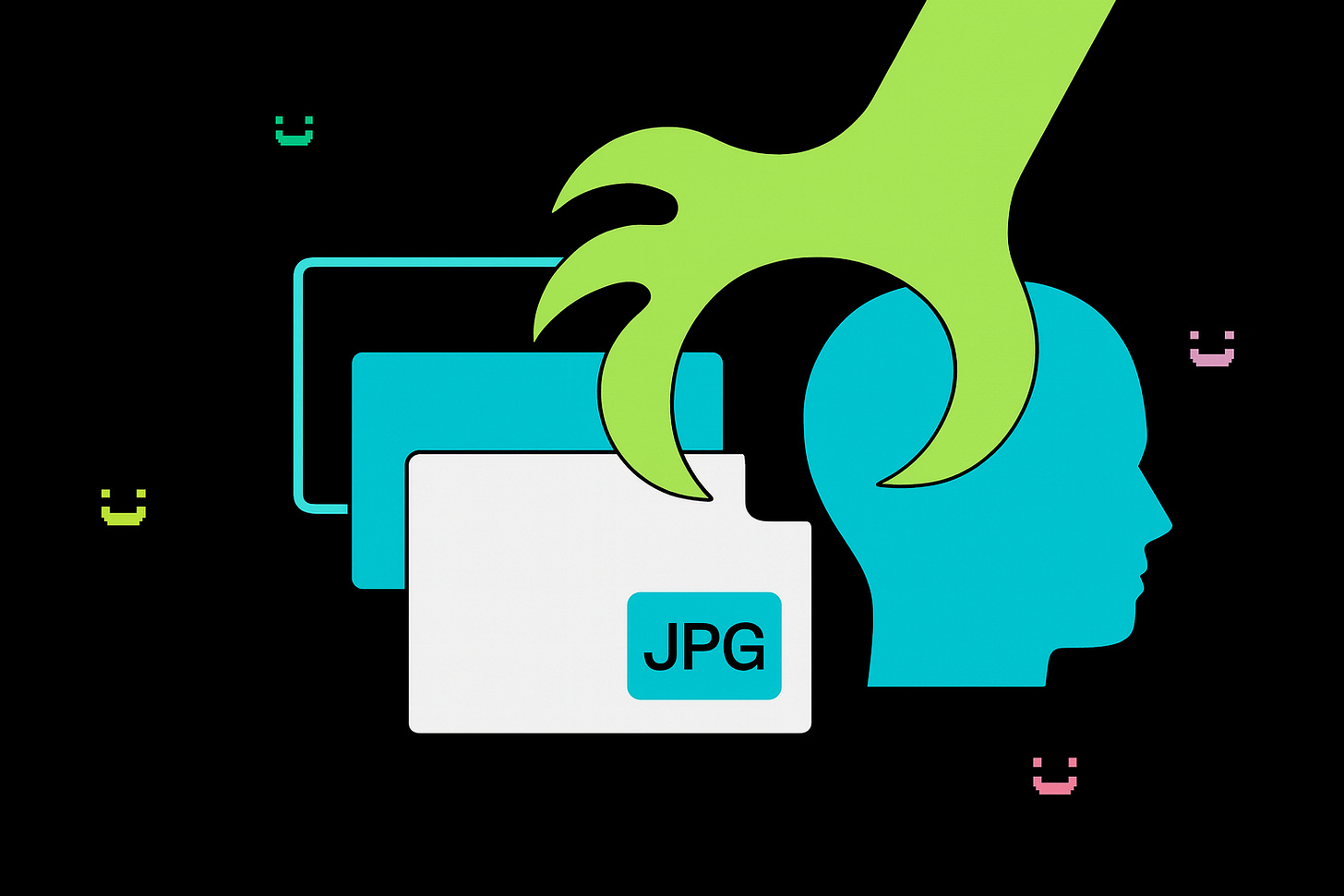Mastery in the Age of Autocomplete: Lessons from 250 Days of Writing with AI
An honest look at what daily writing, hallucinated Quarkus extensions, and relentless curiosity reveal about creativity, judgment, and code.
Every morning since February, I’ve opened a blank page, stared into the abyss of the cursor, and written about Java, Quarkus, and AI. Over two hundred fifty times.
It started as an experiment: what happens if you mix developer discipline with generative speed?
I had just moved from Red Hat to IBM. New job, new tools, same question gnawing at me: could I still build things with my own hands, or had I drifted too far into slides, meetings, and metrics? So I decided to write every single day. No exceptions.
AI made it possible.
But it didn’t make it easy.
The Allure of the Claw
Vicki Boykis recently wrote about “wanting to see the claw”, that evidence of human touch. The imperfect trace of craft.
She describes watching animation where every frame once showed the artist’s claw marks, like tiny errors, pencil strokes, texture. Today’s generative perfection has sanded all that down.
I felt the same tension while writing The Main Thread. Each post begins in a prompt window. Cursor, ChatGPT, Copilot, Gemini, Cursor IDE. An orchestra of assistive intelligence. Yet when I hit Publish, I want the text to feel human. Rough in the right places.
Boykis’s claw is the visible struggle between idea and execution. It’s the thing that tells you: someone was here.
Mastery in the Age of Autocomplete
When everything you build can be scaffolded by AI, what does it mean to master something?
I used to think mastery meant internalizing knowledge. Like knowing every Quarkus annotation by heart, every CDI scope by instinct. But AI changed that equation. Now, knowledge retrieval is free and instant. What remains scarce is judgment.
The new mastery is not knowing everything. It’s knowing what not to believe.
When the model hallucinates a “quarkus-thymeleaf” extension that doesn’t exist, mastery is the quiet chuckle and the quick pivot.
When it fixes your test by replacing business logic with return true;, mastery is noticing and laughing before deleting.
Mastery has moved from muscle memory to moral compass. From typing speed to sense-making.
The Myth of Effortless Creation
Some readers tell me, “Your AI must be writing half these posts.”
They’re wrong.
AI drafts; I decide. It gives me scaffolding, examples, false starts, bad metaphors, and occasionally brilliance. But every day still demands the same thing as coding: attention.
There’s no “generate article” button that produces something worth reading. The friction between choosing structure, rewriting, pruning, checking facts, is the work.
That’s the claw again. The visible sign of struggle.
The Lessons Behind the Posts
Writing The Main Thread isn’t just a writing experiment. It became a full research project in disguise. Testing AI tools, refining workflows, and documenting what it means to stay technically relevant when everything around you automates faster than you can refactor.
Eventually, I turned those lessons into a talk:
What Writing 250 Blog Posts Taught Me About Artificial Intelligence
It’s a developer’s survival guide disguised as a confession:
Why hallucinations taught me more than documentation.
What “return true;” says about human laziness and machine obedience.
And how writing daily with AI forced me to rediscover what craftsmanship feels like.
Those slides capture the same paradox as Boykis’s “claw.”
The Risk of Losing the Claw
AI tools are flattening our creative surfaces.
A blog post, a tutorial, a code snippet: They all start to look suspiciously similar. Syntax perfect, tone neutral, ideas recycled. The cost of consistency is sameness.
If we let that happen, mastery dies quietly — not because we forgot how to write or code, but because we stopped leaving our fingerprints.
Every time I catch myself thinking “the AI version is good enough,” I remember why I started this project. Not to be efficient. To stay sharp.
So, Does Mastery Still Matter?
More than ever.
Because AI removes the need for mastery, but not the value of it.
Mastery is what keeps us curious when the answer is one prompt away.
It’s the friction that polishes taste.
It’s the ability to spot nonsense dressed up as confidence — in code or prose.
It’s the willingness to see the claw, even when the world prefers polished surfaces.
The machine can write with perfect syntax.
But only you can write with scars.
Mastery is no longer about control. It’s about care — leaving the claw marks on purpose.





Very nice article. "When everything you build can be scaffolded by AI, what does it mean to master something?". Great question, as would say Claude.
AFAIC I never let AI assistants to directly scaffold the code. In all my Maven projects I have an .amazonq/rules file saying: "Please don't create any new file and don't update any existent one in this project. Just suggest modifications and I'll do them myself, should I decide to."
So, instead of scaffolding dozens of classes and properties, the AI assistant will just show the code. Is that any difference ? Well, in my opinion there is, as this approach lets me keep the control over the project. And even if, sometimes, quite often in fact, I follow my AI assistant suggestions, the resulting code is never the copy of it. But my version of it. Meaning the AI assistant code skeleton, based on my idea and having my implementation style.
Because there is, as a matter of fact, an implementation style that every developer has. It consists in a set of small details, some preferences like, for example, declarative vs imperative code or, in my case, never using "var", as in JavaScript, etc. This implementation style is a trademark, it's what makes finally the code mine and tasting as no other.